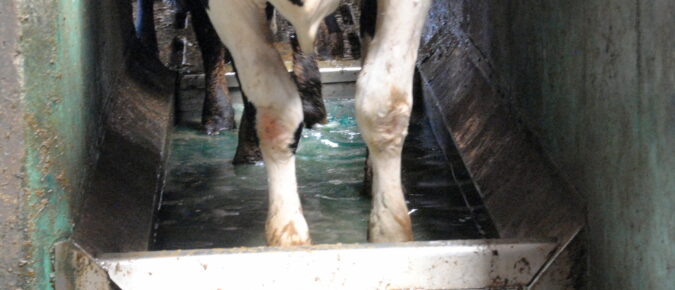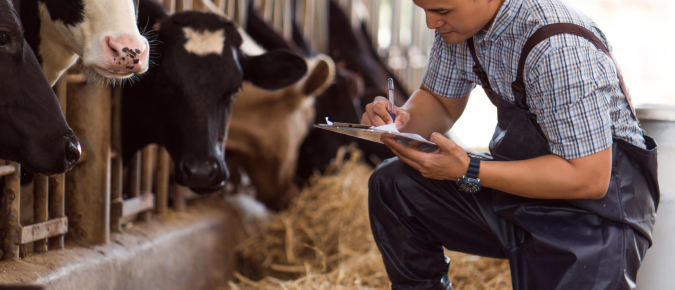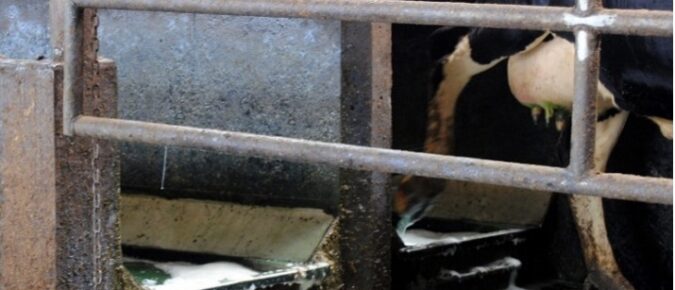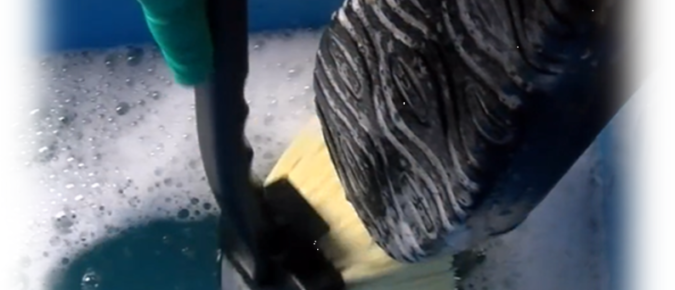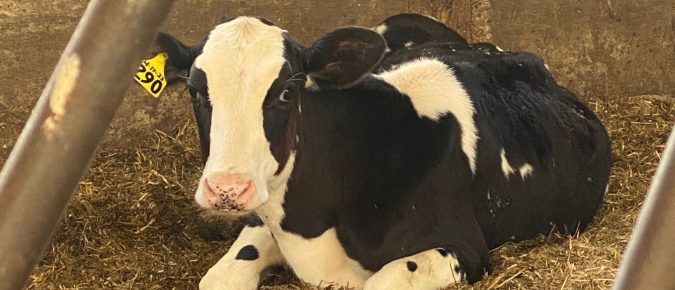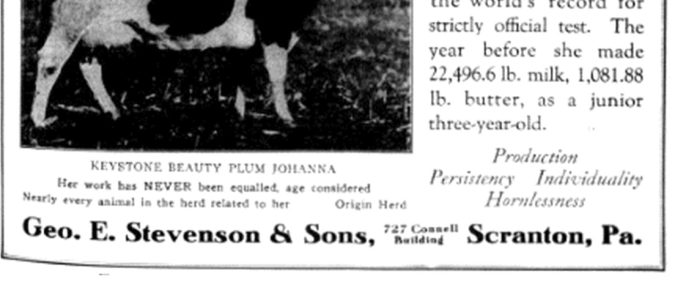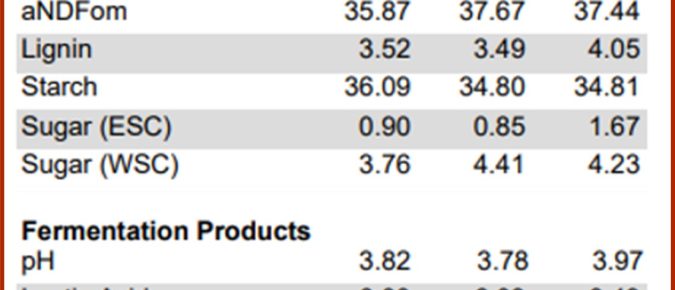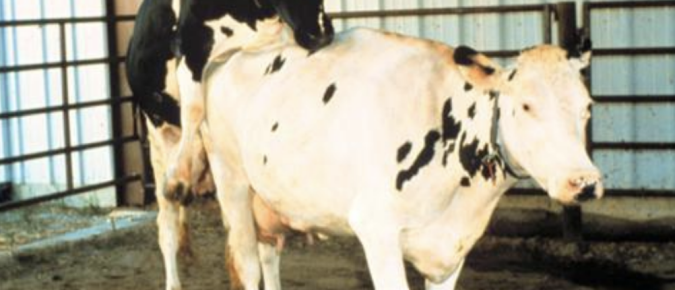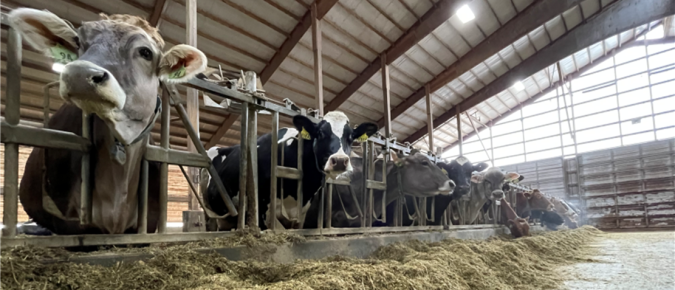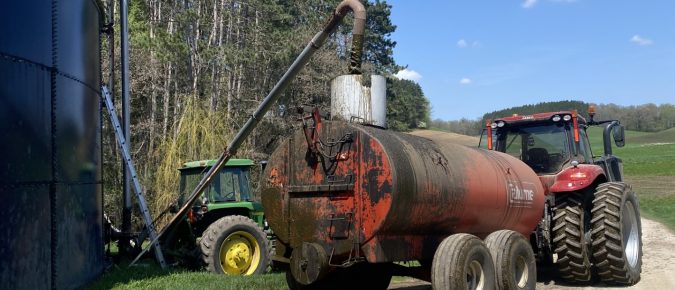Articles
Robotic milking farms and digital dermatitis
Digital dermatitis, commonly known as hairy heel warts, is a common infectious foot disease that causes lameness in cattle and often leads to decreased milk production, performance, and fertility in cattle. Learn how it affects robotic milking farms and strategies for prevention in this video.
Stepping up your footbath management game
Digital dermatitis, commonly known as hairy heel warts, is a common infectious foot disease that causes lameness in cattle and often leads to decreased milk production, performance, and fertility in cattle. Watch this video to learn more.
The high fertility cycle in dairy cattle
Over the past two decades, a reproduction revolution has occurred in the dairy industry. Twenty years ago, the 21-day pregnancy rate in U.S. dairy herds averaged about 14% with conception rates rarely exceeding 40%. In 1998, the annualized 21-day pregnancy rate goal was 20%, which few herds could achieve.
Impact of copper sulfate footbath use on eastern Wisconsin’s manure, soil, and forage copper concentrations
Healthy soil is the foundation of a productive farm. Monitoring soil health and maintaining soil integrity can improve water filtration, boost crop production and health, and foster biological and physical components of soil. Fields that receive dairy manure are likely to receive higher copper concentrations than non-dairy manure.
Step into biosecurity with clean and disinfected boots
Keeping your livestock safe from microbes, including bacteria, viruses, and fungi, is the biosecurity goal that all farms should have. Wearing clean, sanitized footwear helps meet this goal as foot traffic moves microbes to and around the farm.
The Ideal Footbath
A footbath is one of the most important tools used on dairy farms to prevent lameness and maintain hoof health. When used properly and paired with a disinfectant, a footbath can prevent and control foot rot and digital dermatitis on dairy farms. Recently, the recommendations for footbath dimensions have changed after new research was conducted at the UW School of Veterinary Medicine.
Calf Recumbency aka Early Onset Muscle Weakness Syndrome
In 2020, there were multiple calves found unable to stand at birth or shortly after and were then seen by veterinarians in Pennsylvania. Calves were either weak and unable to stand immediately after birth, could stand with assistance, or lost the ability to stand within the first two weeks of life.
Single Gene Traits in Dairy Cattle
Early in April, the Council for Dairy Cattle Breeding (CDCB) released one of the three-times-a-year updates to sire summaries. It can be a lot like looking through seed catalogs to find what bulls to select for the future of your herd. The rankings of bulls keep on getting better, and fast!
Using lab tests to estimate forage stability and fermentation efficiency
Today many forage tests provide information beyond the energy and protein in the feed but also feed fermentation quality and its stability in the manger. Having efficient fermentation is critical to ensure the forages being fed are highly palatable and digestible.
Estrus detection & Estrus detection aids
Estrus detection, commonly referred to as heat detection, is one of the most important reproductive management tasks performed on the farm. Simply put, if cows are not identified in estrus they will not be bred by Artificial Insemination (AI) and have no chance of becoming pregnant. Estrus detection accuracy is also critical.
The Fresh Cow: Ketosis
Clinical and subclinical ketosis are the most common metabolic disorder in high-producing dairy cows, costing up to $289 per case. According to the University of Wisconsin School of Veterinary Medicine, 93% of ketosis cases occur between 5 and 30 days post-calving.
Methane emissions from livestock and climate change
In the increasing discussions about how to address climate change there are conflicting claims about the need to address methane (CH4) emissions. Some people argue that methane emitted by cows is a primary cause of climate change. Others argue that methane from beef and dairy production is not of much concern because of its relatively short duration in the atmosphere.

